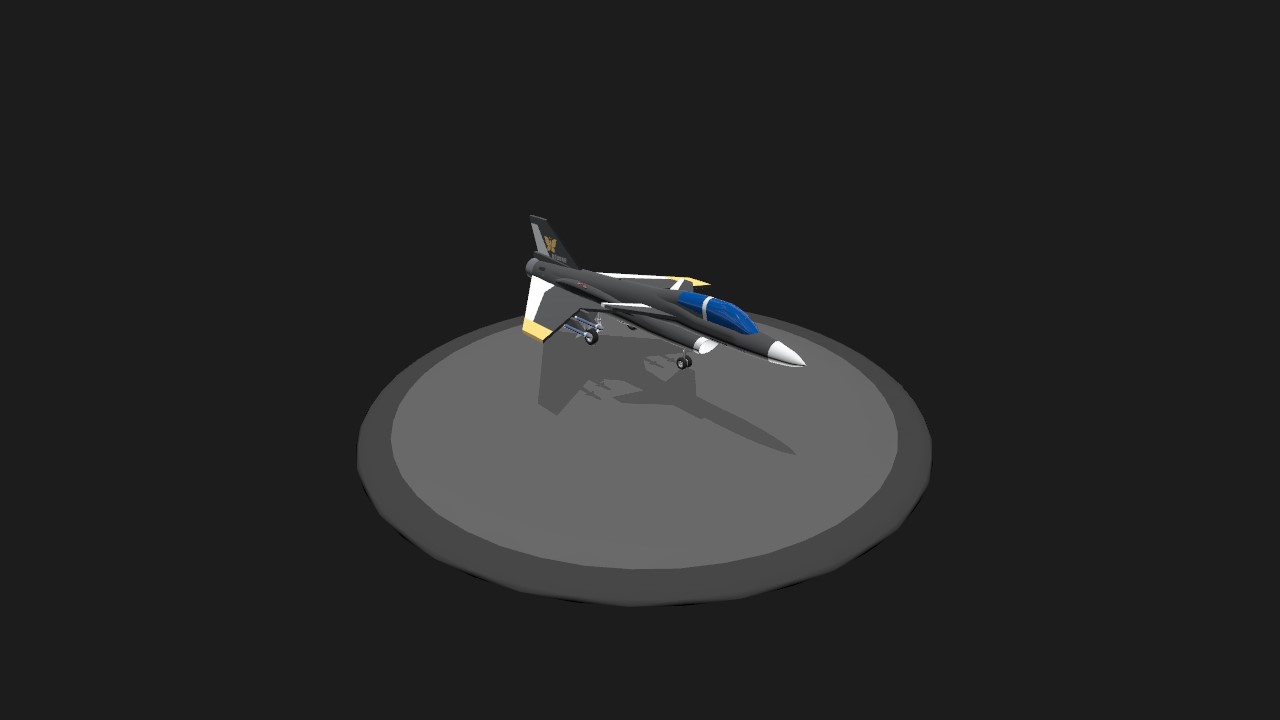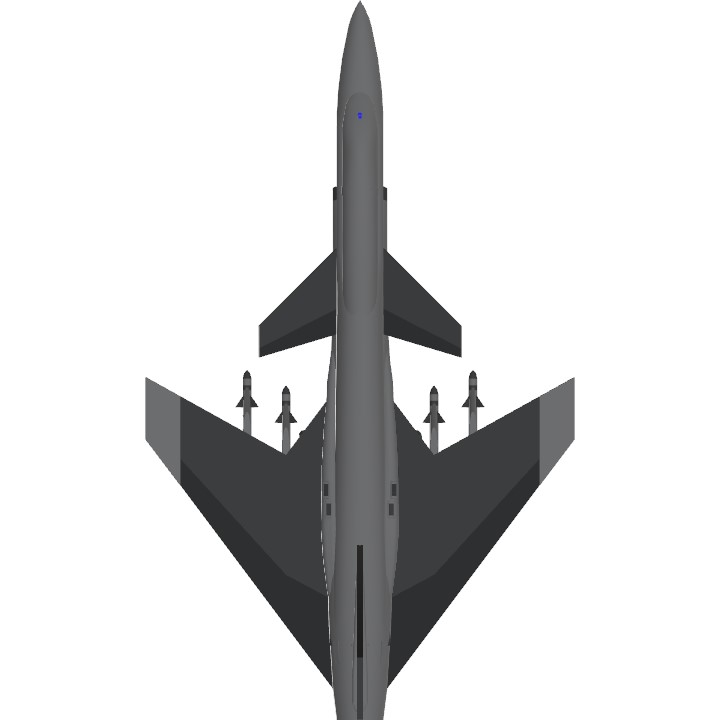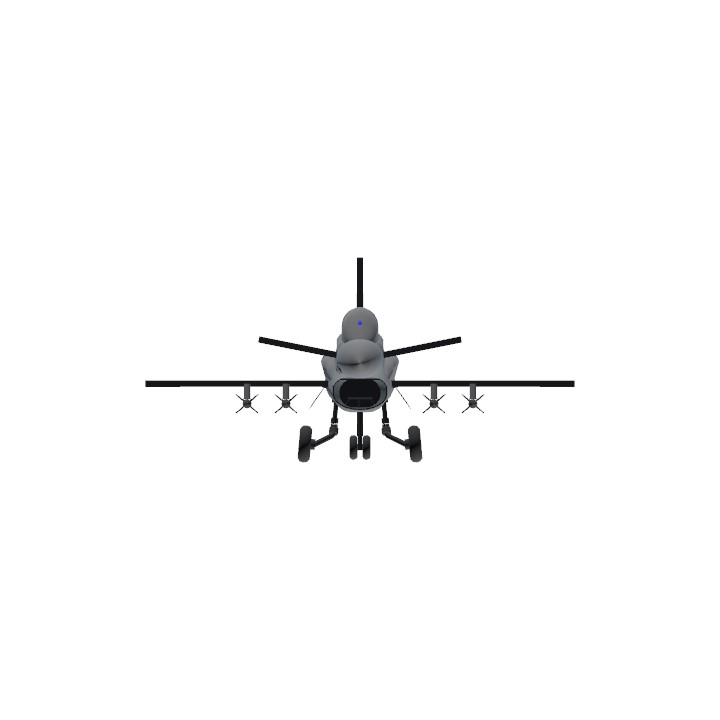Fixed Avoni Emblem (generic butterfly)
Maybe you seek for a more precise answer so here it is:
The FSW poses in its very basic layout a great problem that i shall explain here hoping not to go to much into details:
Lift may lift the plane (wow) but it also does proportionnaly increase the stress on the wing.
With molecules striking the wing, for a given surface, the only way to increase lift is make them strike the surface faster or to make more and more of them striking to surface of the wing.
All of this translate into stress in the wing.
A wing may seem rigid, but it's not, it actually twist and bend around an axis known as Shear axis.
This axis can be viewed as starting form the center of the root of the wing, extending till the tip of twing barely then crossing the chord of the wing at his center (this is not really like that but for explanation it will be ok).
Lift is expressed in its all at a point, the center of pressure (pressure on the wing=stress).
When heavy lift is expressed, the tip of the wings being less stiff than the root, has tendancy to pitch by herself up and down (just imagine either the Leading edge or Trailing Edge pitches as if they were taking AOA)
It founds that on Aft swept wings the center of pressure is behind that shear axis so the wing's Trailing edge bends(pitches down) first.
As she bends first, lift is reduced then the wing return to its normal position until we get at certain speeds but we'll let this for now.
On a forward swept wing the problem is that the center of pressure is just in front of the shear axis, wich means the wing's Leading edge bends (actually she pitches up, like taking Angle of attack)up and here comes the real problem, as she bends up, just to oppposite of the aft swept wing (not surprising considering we talk about a wing put in the opposite way..) the lift INCREASES thus the pitching moment increases , and increases, and increases until the wing breaks.
This is know as Wing divergence (when the wing starts to behave aerodynamicaly differently and at its own rate than the rest of the lifting parts of the plane) and it is a very dangerous problem.
This problem is not only dangerous, it just make the wing dragging more and more (more AOA=more drag).
When does lift(=stress on wing) is the highest? in supersonics and at high G loads.
Sukhoi started with a challenge, they had to fix the problem of that wing, the wing was to stay relatively dependant on the fuselage...the meant this by usage of stiff carbone composites but...THEY FAILED.
The planes showed divergence just not only in supersonics but also in the modest loads it has every endured (that's to say: 5G's, the plane was limited to 5g's), so sukhoi did say "okay no problem! let's put titatium on the wings!" LOL, 1 more ton added to that plane!
1 more ton=more AOA needed for the same lift=more drag, more AOA=more divergence risks=No way plane.
The plane was not only not able to go supercruise (even with hypothetic AL-41) but not able to pull a lot of G's sustained so i'll let you guess what were the possiblities with that plane..
That's not to say the FSW is a bad design, it had some potential but just like with the X-29 the compromises needed to control that divergence problem just resulted in bad performance.
We'll need to wait more to see a FSW supersonic plane!
Ah by way, some echos away in the sukhoi design plant resonate saying the S-37 was a pushed program, it was already dead born but his designer pushed for it..
According to thoses same reports, the S-32 (the first design for the russian navy, with flat nozzles and wing tip nacelles) was more performant..rumours? true? who knows
Specifications
General Characteristics
- Predecessor X-302 group B Avoni Andora
- Created On Windows
- Wingspan 22.6ft (6.9m)
- Length 37.9ft (11.6m)
- Height 10.5ft (3.2m)
- Empty Weight 8,293lbs (3,761kg)
- Loaded Weight 10,786lbs (4,892kg)
Performance
- Power/Weight Ratio 3.125
- Wing Loading 50.9lbs/ft2 (248.3kg/m2)
- Wing Area 212.1ft2 (19.7m2)
- Drag Points 2529
Parts
- Number of Parts 121
- Control Surfaces 9
- Performance Cost 523




